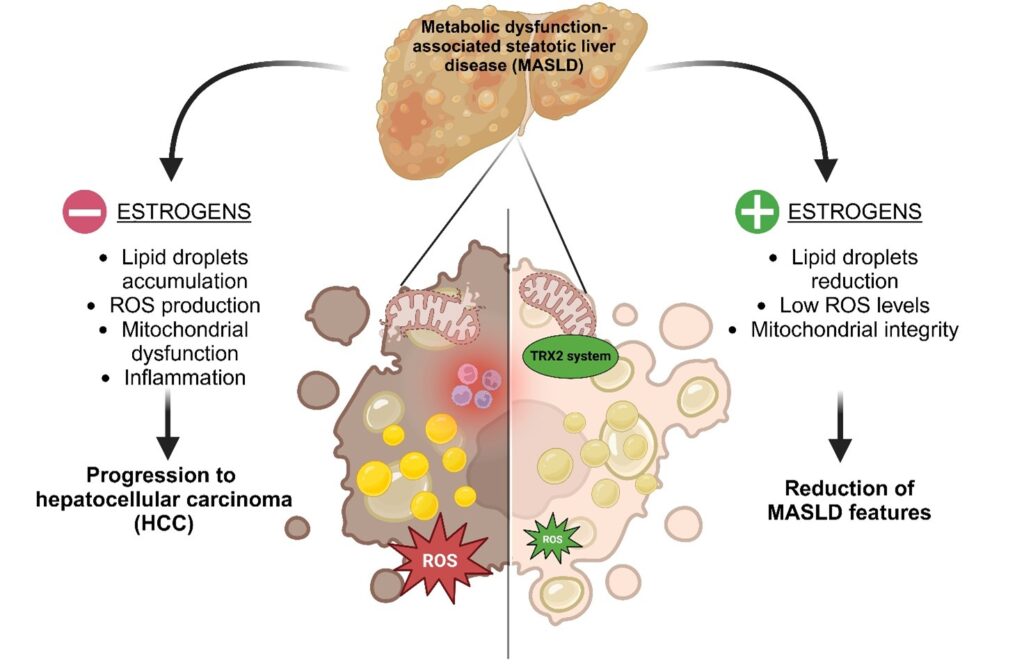The EACR’s ‘Highlights in Cancer Research’ is a regular summary of the most interesting and impactful recent papers in cancer research, curated by the Board of the European Association for Cancer Research (EACR).
The list below appears in no particular order, and the summary information has been provided by the authors unless otherwise indicated.
Explore the links or scroll down and use the ‘Next’ and ‘Previous’ buttons to navigate
-
Immune evasion through mitochondrial transfer in the tumour microenvironment
-
Concurrent SOS1 and MEK suppression inhibits signaling and growth of NF1-null melanoma
- Controlling intracellular protein delivery, tumor colonization and tissue distribution using flhDC in clinically relevant ΔsseJ Salmonella
- Chemotherapy induces myeloid-driven spatially confined T cell exhaustion in ovarian cancer
-
Survivin Promotes Stem Cell Competence for Skin Cancer Initiation
- Multiparameter imaging reveals clinically relevant cancer cell-stroma interaction dynamics in head and neck cancer
1Immune evasion through mitochondrial transfer in the tumour microenvironment
Ikeda, H. et al. Nature. 638: 225-236. (2025).
doi: 10.1038/s41586-024-08439-0.
Summary of the findings

Future impact
2Concurrent SOS1 and MEK suppression inhibits signaling and growth of NF1-null melanoma
Marasco, M. et al. Cell Rep Med. 5 (11): 101818. (2024).
doi: 10.1016/j.xcrm.2024.101818.
Summary of the findings

Future impact
3Controlling intracellular protein delivery, tumor colonization and tissue distribution using flhDC in clinically relevant ΔsseJ Salmonella
Raman, V. et al. Molecular Therapy. 33 (2): 649-669. (2025).
doi: 10.1016/j.ymthe.2024.12.038.
Summary of the findings
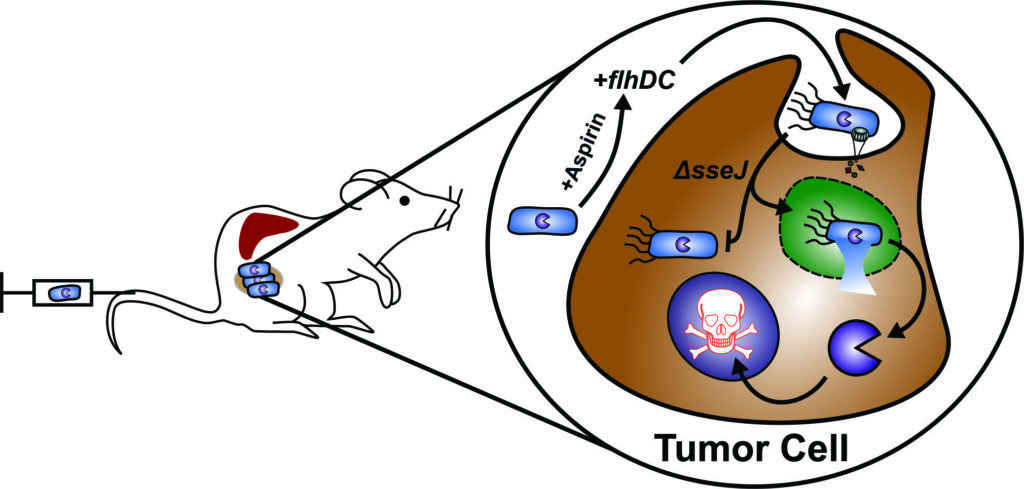
4Chemotherapy induces myeloid-driven spatially confined T cell exhaustion in ovarian cancer
Launonen, I.M. et al. Cancer Cell. 42 (12): p2045-2063.e10. (2024).
doi: 10.1016/j.ccell.2024.11.005.
Summary of the findings
High-grade serous ovarian cancer (HGSC), the most common and aggressive form of ovarian cancer, is marked by genomic instability and the development of resistance to treatments. Anti-tumor immunity plays a crucial role in therapy response and clinical outcomes, but how it is modulated by chemotherapy in HGSC remains poorly understood. To explore this, we used multi-omics profiling, including genomics, single-cell RNA sequencing (scRNA-seq), tissue imaging, and spatial transcriptomics on 117 patient samples containing over 25 million single cells. We discovered Myelonets—networks of connected immune cells—acting as previously unrecognized compartments that contribute to CD8+ T cell exhaustion following chemotherapy. Our data show that the M1/M2 polarization at the tumor-stroma interface is linked to T cell exhaustion and exclusion, which is associated with poor chemotherapy response. Additionally, we found that myeloid-T cell interactions through NECTIN2-TIGIT signaling, which is induced by chemotherapy, are crucial to this process. We successfully targeted these interactions using a patient-derived immuno-oncology platform, showing that high NECTIN2-TIGIT signaling in tumor samples can predict responses to immune checkpoint therapies. Our findings highlight the role of myeloid-driven, spatially confined T cell exhaustion, offering new targets for immunotherapy and strategies for patient stratification in ovarian cancer.
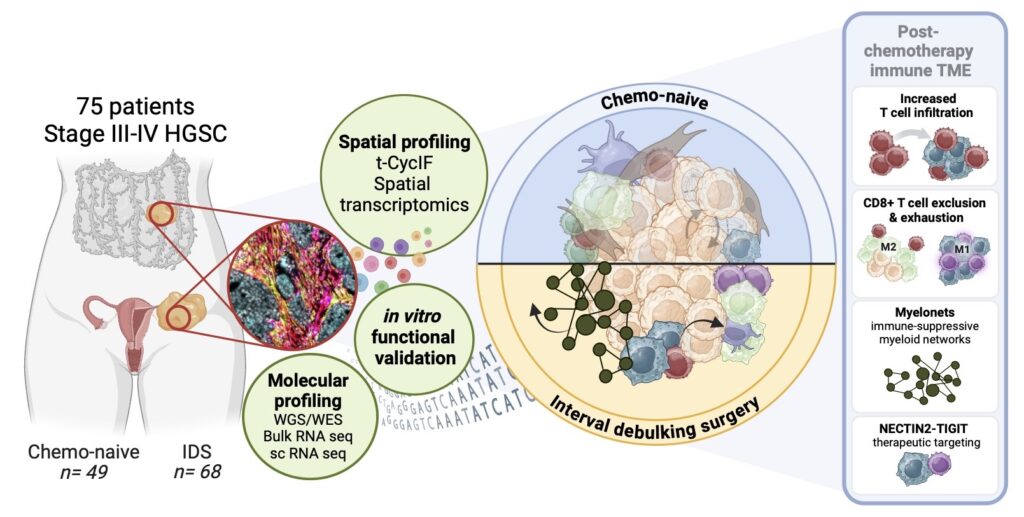
Future impact
5Ultrasensitive ctDNA detection for preoperative disease stratification in early-stage lung adenocarcinoma
Black, J.R.M., Bartha, G. et al. Nature Medicine. 31: 70-76. (2025).
doi: 10.1038/s41591-024-03216-y.
Summary of the findings
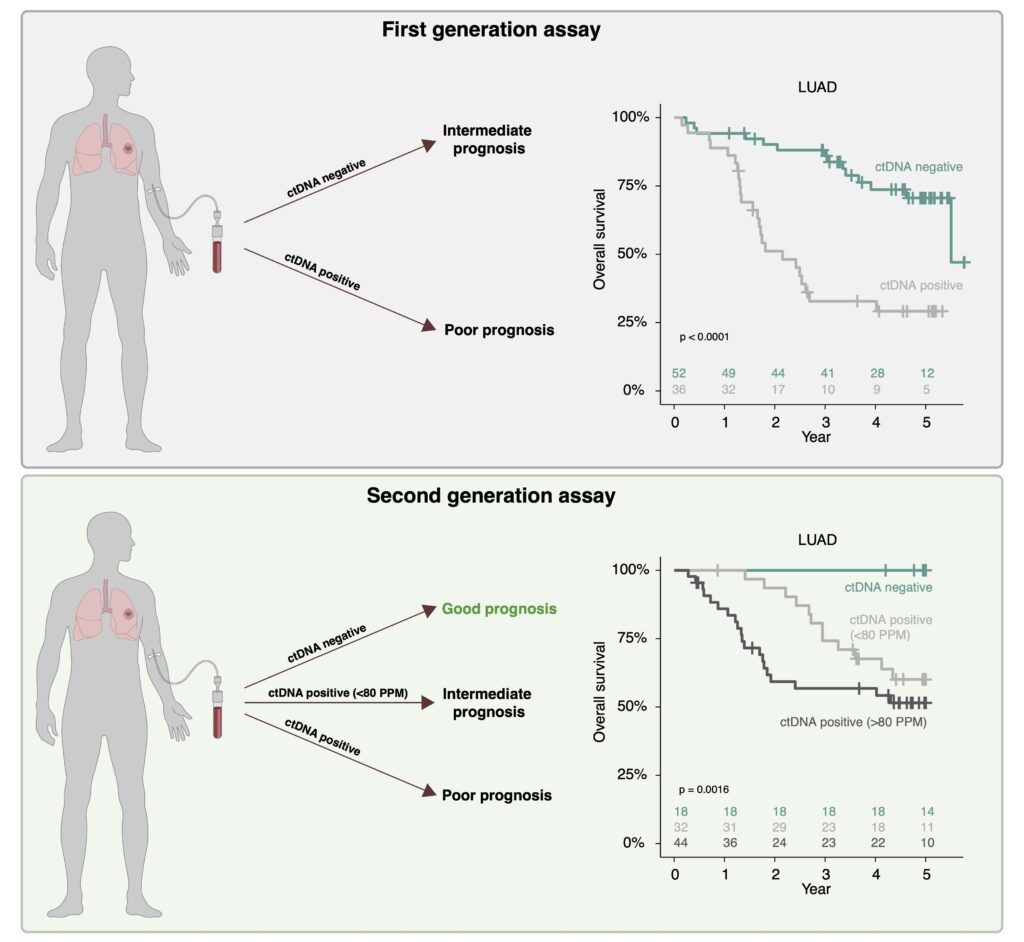
.
6Survivin Promotes Stem Cell Competence for Skin Cancer Initiation
Canato, S. et al. Cancer Discovery. 15(2): 427–443. (2025).
doi: 10.1158/2159-8290.CD-24-0263.
Summary of the findings
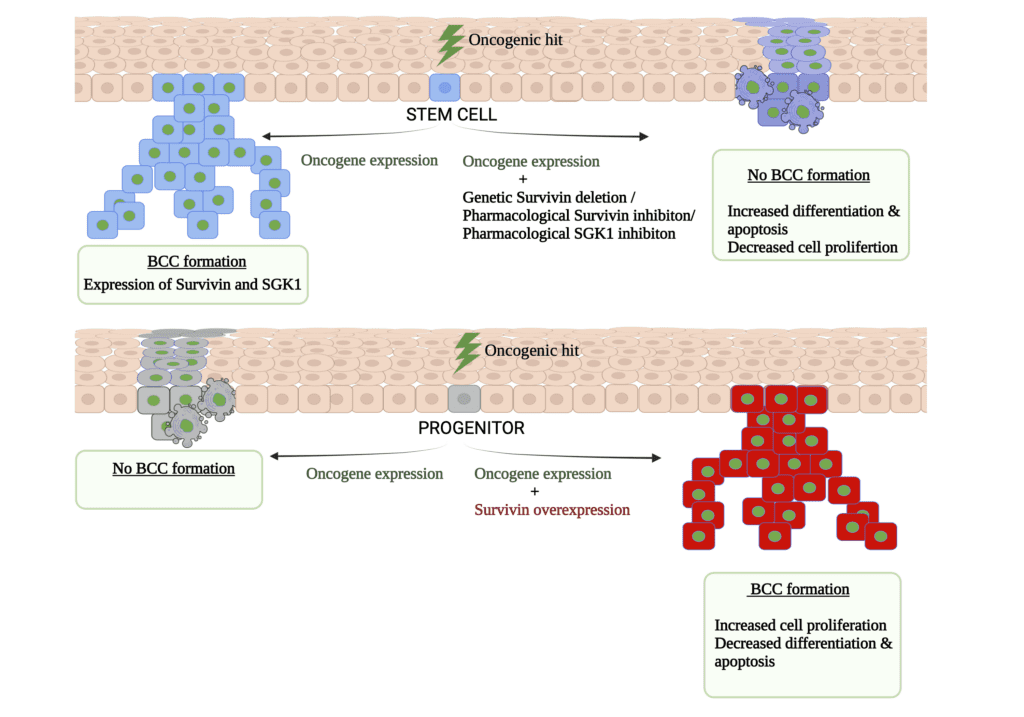
Altogether, this study identifies Survivin as a key licensing factor expressed by SCs that regulate BCC formation by promoting self-renewal and survival, while preventing cell death and differentiation in oncogene-expressing cells. In addition, the demonstration that Survivin expression is required for BCC formation suggests that Survivin or SGK1 inhibitors can be used to prevent the progression of preneoplastic lesions into invasive skin cancer.
7Multiparameter imaging reveals clinically relevant cancer cell-stroma interaction dynamics in head and neck cancer
Punovuori, K. et al. Cell. 25: p7267-7284.e20. (2024).
doi: 10.1016/j.cell.2024.09.046.
Summary of the findings
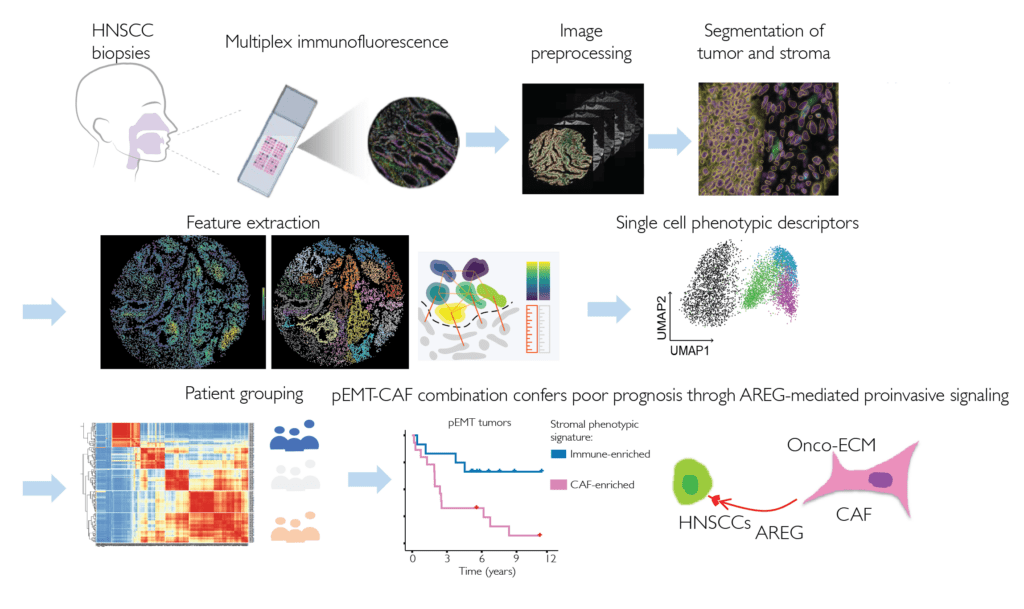
This study highlights fibroblast-epithelial signaling as critical for HNSCC invasiveness. These findings concerning the mechanisms of cross-compartment crosstalk provide an important framework for better understanding of cancer heterogeneity. Further, the new computational tool for multiplex analyses of tissue biopsies might be applicable as a diagnostic tool for treatment selection in head and neck and other cancers.
8Development of patient-derived lymphomoids with preserved tumor architecture for lymphoma therapy screening
Santamaria-Martínez, A. et al. Nature Communications. 15: 10650. (2024).
doi: 10.1038/s41467-024-55098-w.
Summary of the findings

Future impact
9Blocking IL1RAP on cancer-associated fibroblasts in pancreatic ductal adenocarcinoma suppresses IL-1-induced neutrophil recruitment
Hansen, N. et al. JITC. 12: e009523. (2024).
doi: 10.1136/jitc-2024-009523.
Summary of the findings
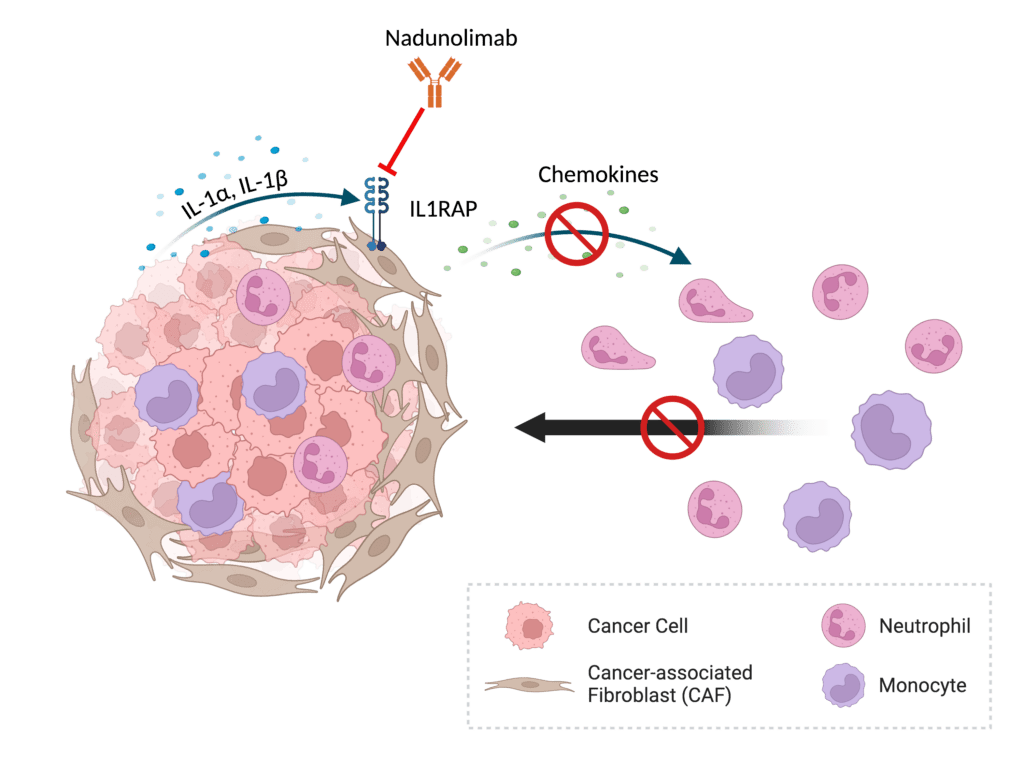
Future impact
10Estrogen-dependent activation of TRX2 reverses oxidative stress and metabolic dysfunction associated with steatotic disease
Smiriglia, A. et al. Cell Death & Disease. 16: 57. (2025).
doi: 10.1038/s41419-025-07331-7.
Summary of the findings
.
